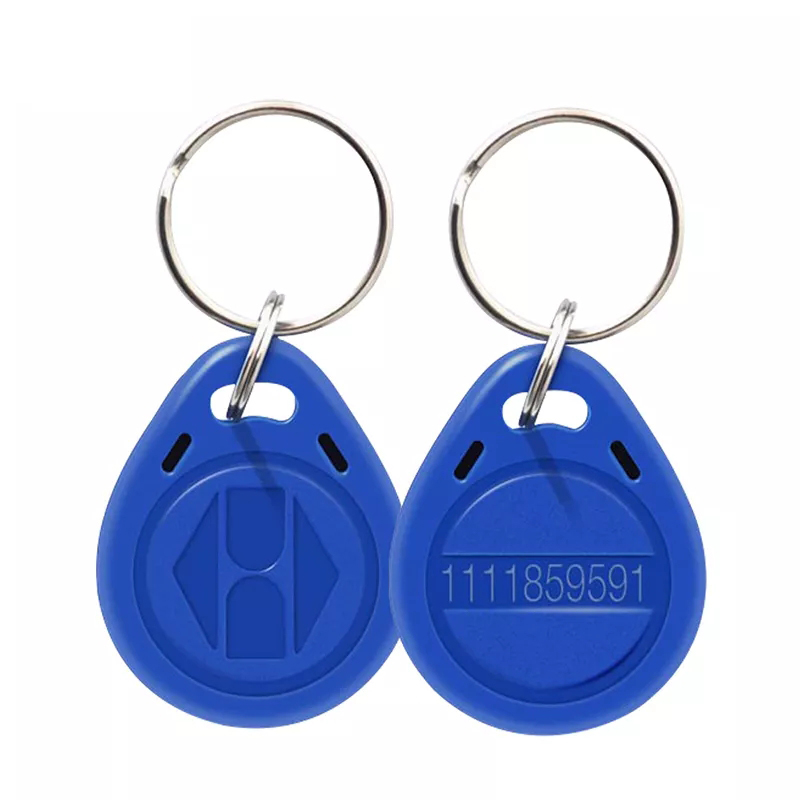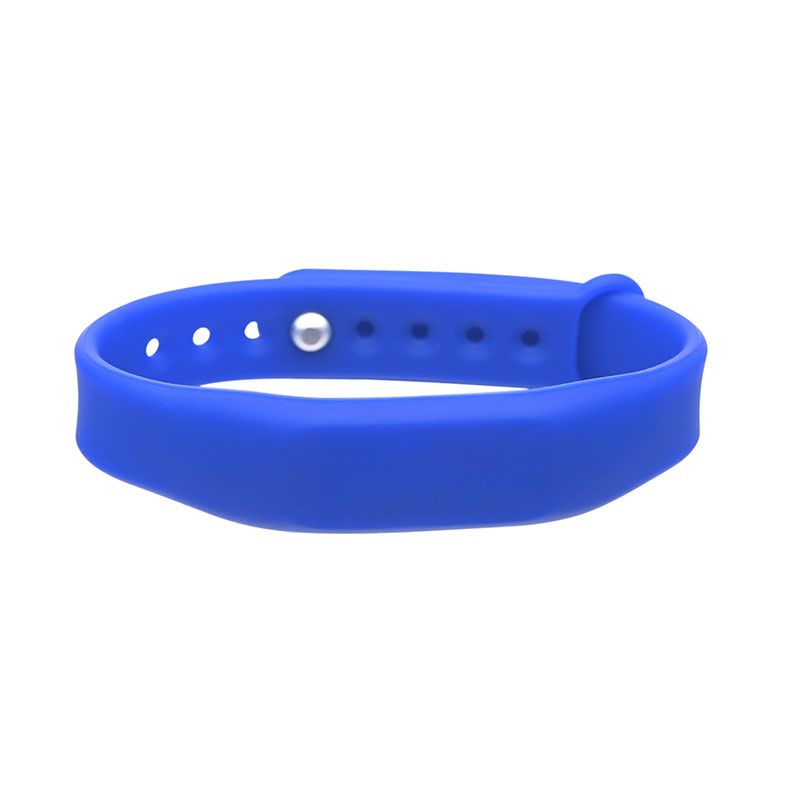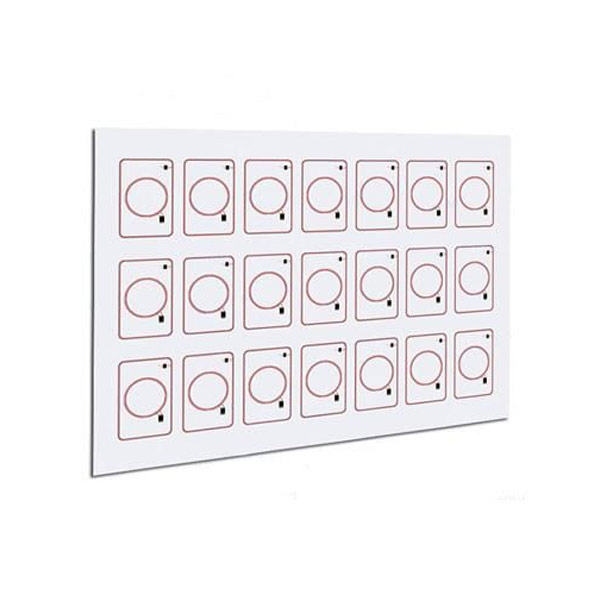Here is the introduction of common classifications of Shenzhen Card Cube ID card Co.
What are the classifications of ID cards?
According to the different application fields of cards can be divided into
Financial cards: also known as bank cards, can also be divided into two kinds of credit cards and cash cards. The former can be used for consumption and payment, and can be overdrawn by a pre-set amount; the latter can be used as an electronic wallet or electronic passbook, but cannot be overdrawn.
Non-financial cards: Also known as non-bank cards, they cover a wide range of applications, including all areas other than financial cards, such as telecommunications, travel, education and public transportation.

Transportation cards: widely used
Government application card: Nowadays, it is widely used, such as the social security card which has been strongly promoted recently. ID card (Smart card or IC Card), also known as smart card, smart card, integrated circuit card and IC card, is a portable card plastic with an integrated circuit chip pasted or embedded. The card contains a microprocessor, IO interface and memory, providing data calculation, access control and storage functions, the size of the card, contact definition is currently unified by the ISO specification, the main specification in ISO7810. Commonly used are telephone IC cards, identity IC cards, as well as some traffic tickets and memory cards.
According to the different inlay chips are divided into
Memory card: the chip inside the card is electrically erasable programmable read-only memory EEPROM (Electrically Erasable ProgrammableRead-onlyMemory), as well as address decoding circuit and instruction decoding circuit. In order to encapsulate it in a 0.76mm plastic card base, a 0.3mm thin structure is made. The memory card is a passive type card and is usually used for synchronous communication. This kind of card is easy to store, simple to use, cheap, and can replace magnetic card in many occasions. However, this type of IC card does not have the function of confidentiality, so it is generally used to store information that does not need to be confidential. For example, emergency cards used in medical care and customer menu cards used in the restaurant industry. Common memory cards include ATMELs AT24C16, AT24C64, etc.
Logic encryption card: This type of card has not only the EEPROM of memory card, but also the encryption logic, and each read/write card should be verified by password before. If the password verification is wrong several times in a row, the card will lock itself and become a dead card. In terms of data management, password verification and identification, the logic encryption card is also a passive type of card, using synchronous method of communication. This type of card has relatively small storage capacity and is relatively inexpensive. It is suitable for applications with certain confidentiality requirements, such as cafeteria dining cards, telephone cards, and public utility charge cards. The common logic encryption cards are SLE4442 and SLE4428 from SIEMENS, AT88SC1608 from ATMEL, etc.
CPU card: This type of chip contains internal microprocessor unit (CPU), storage unit (RAM, ROM and EEPROM), and input and output interface unit. The CPU manages the encryption, decryption and transmission of information, strictly prevents illegal access to the card information, and locks out the corresponding information area if several illegal accesses are found. CPU cards have large or small capacities and are more expensive than logical encryption cards. CPU cards are suitable for applications with particularly high confidentiality requirements, such as financial cards and military cryptographic transmission cards. Internationally famous CPU card providers include Gemplus, G&D, Schlumberger, etc.
Super ID card: on the basis of the CPU card to increase the keyboard, LCD, power, that is, a super ID card, some cards also have a fingerprint identification device, VISA international credit card organization test a super card that with 20 Jian, can display 16 characters, in addition to timing, computer exchange rate conversion function, but also stored personal information, medical, travel data and telephone numbers.
According to the card and the external data exchange interface is divided into different.
Contact IC card: This kind of card is read and write data through the contact of IC card reading and writing equipment and the contact of IC card. The international standard ISO7816 has strict regulations on the mechanical characteristics and electrical characteristics of such cards.
Non-contact IC card: This kind of card has no circuit contact with IC card equipment, but reads and writes through non-contact reading and writing technology (such as light or wireless technology). Its embedded chip in addition to the CPU, logic unit, storage unit, increased the radio frequency transceiver circuit. The international standard ISO10536 series sets out the regulations for contactless IC cards. This type of card is generally used in the occasions of frequent use, relatively small amount of information and high reliability requirements.
Dual interface card: Combines contact IC card and contactless IC card into a single card with independent operation, but can share CPU and storage space.
According to the different data transmission methods when the card is exchanged with the outside world, it is divided into
Serial IC card: When the IC card exchanges data with the outside world, the data flow is input and output according to the serial way, and the electrode contacts are less, generally 6 or 8. Because the serial IC card interface is simple and easy to use, it is currently the most used. The IC card defined by the international standard ISO7816 is such a card.
Parallel IC cards: IC cards exchange data with the outside world in parallel, with more electrode contacts, generally between 28 and 68. The two main benefits are the increased speed of data exchange and the significant increase in storage capacity under existing conditions.





